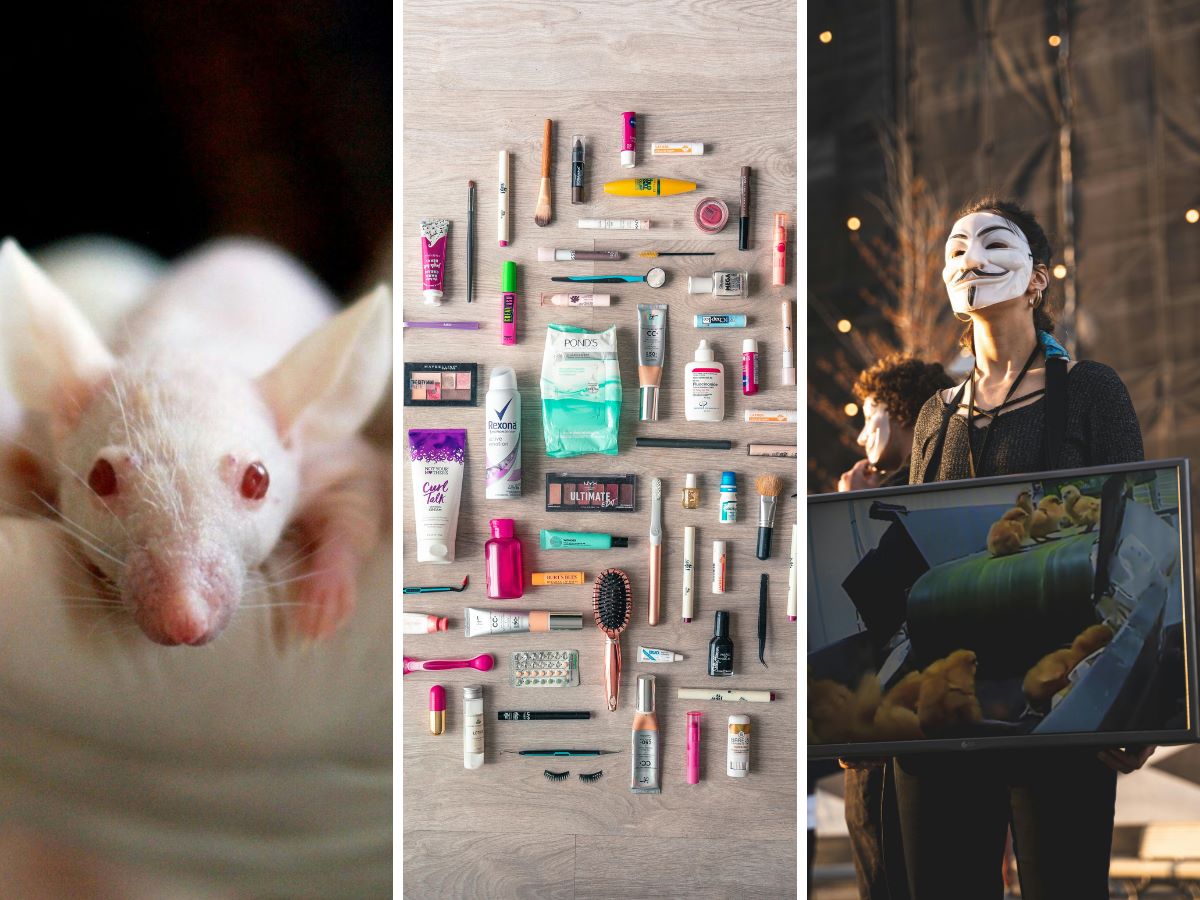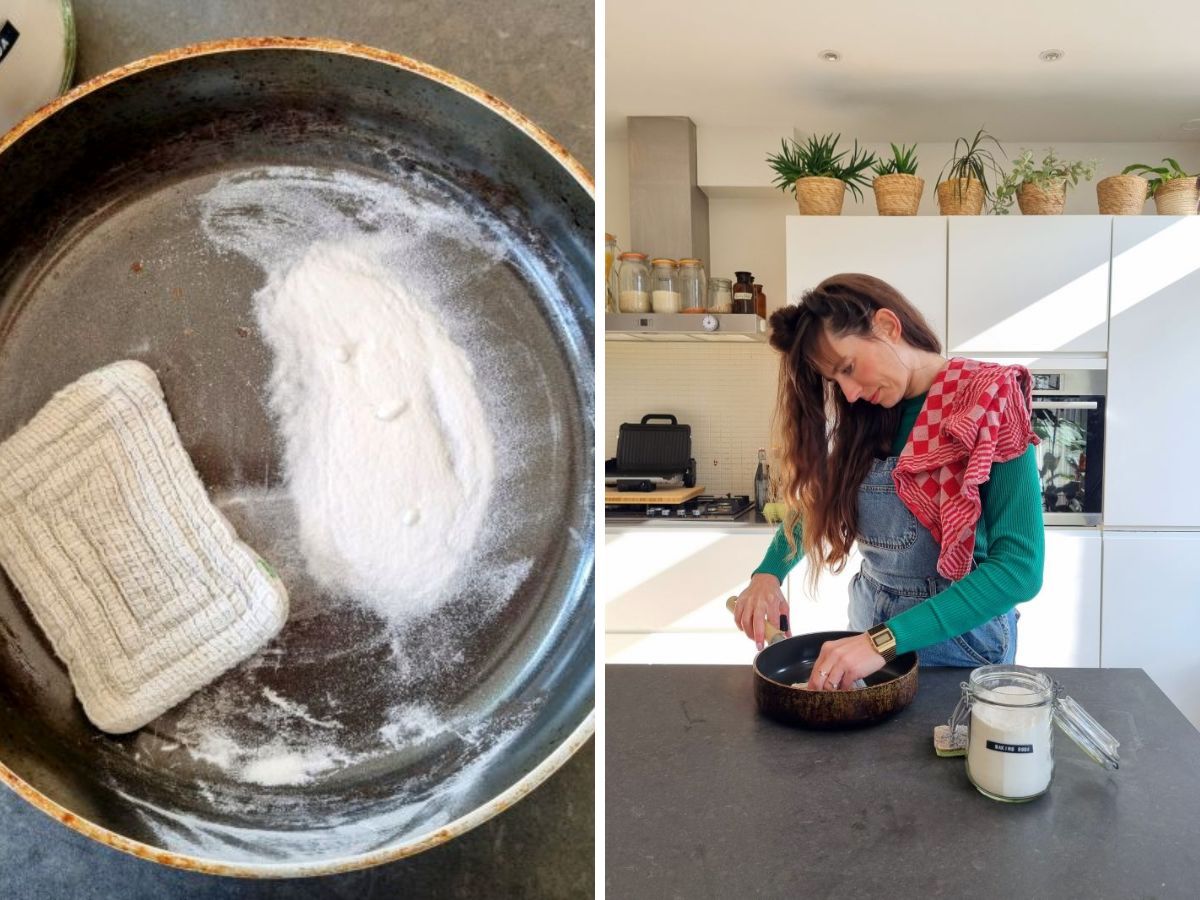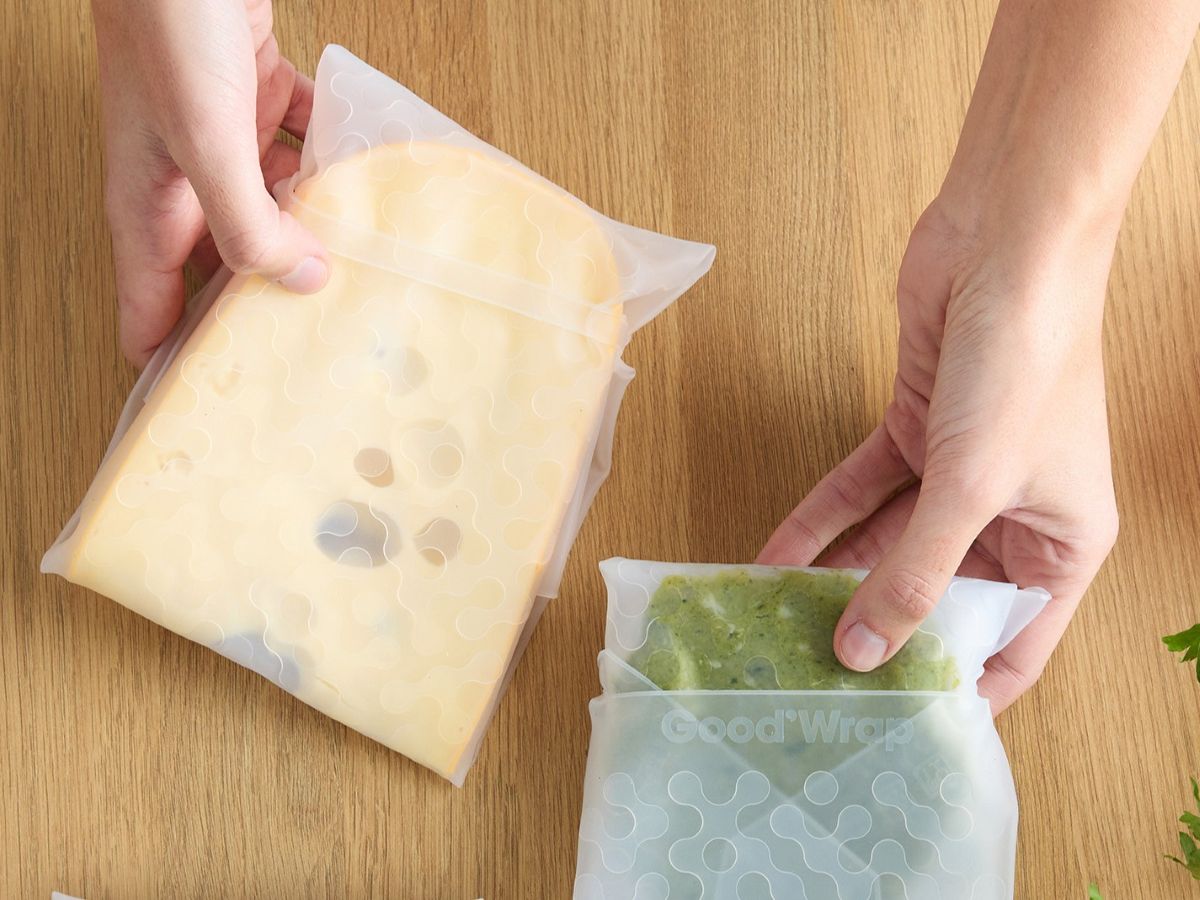Animal testing is banned, right? That's right! Animal testing has indeed been officially banned in Europe since 2004, and since 2013 it has also been illegal to sell cosmetics and personal care products tested on animals in Europe. And yet by no means all beauty products are animal-tested. How about that? We found out! Spoiler: it's pretty complicated!
Animal testing on cosmetics banned?
Animal testing on cosmetics is banned in Europe. In short, a clear story you would think. Only outside Europe it is slightly different and that makes the situation murky. There, animal testing is sometimes even mandatory. And so it could be that your beauty product is not tested on animals in Europe, but that the cosmetics company behind it operates in countries where animal testing is mandatory or permitted. So that way, they are still participating in it. This can also apply to vegan products which means they are not tested on animals after all. Complicated, isn't it?
Note: animal testing on detergents is still allowed. This is important information that we will come back to in a moment.
Pay attention to the right labels
If you want to stay away from that altogether, choose a beauty product (or cleaning product) with one of the vegan and cruelty-free labels. Or try to find out which countries the beauty brand operates in. You can find more information on the website animalrights.nl. A green, orange and red list of beauty products has been published on it.
- There are a number of good labels for vegan products. The nice thing is that this also gives you assurance that the brand does not test on animals. Which ones they are: the famous PETA-Approved Vegan, the green and white sunflower of The Vegan Society, the yellow-green label of V-Label and the certified vegan black heart of vegan.org.
- Cruelty-free can be recognised by labels of PETA-Approved or Leaping Bunny. You know, the logos with the bunny you've probably spotted before. If you see that on a package, then you know something is animal-free, but it may still contain animal ingredients. So if you're a staunch vegan, it's important to take this into account.
You can read more about the difference between vegan and cruelty-free in this article.
Cosmetics without a vegan or cruelty-free label
Doesn't a beauty brand have a hallmark? Then it can still be an animal-friendly choice, only you have to put in a bit more effort. No matter what the pretty packaging tells you. Sometimes you can infer more from statements on websites of your favourite beauty products. A red flag is if it says there ‘they do not test on animals unless it is required by legislation’. Then you know that they don't do animal testing for the European market (because it's not allowed in principle), but probably for selling their products elsewhere. Complicated? Quite so, but we there is more.
Yet more animal testing in beauty products than you might expect
During our research, an animal activist points out to us that there may be some exceptions in Europe, which may mean that not all cosmetics are animal-tested. So how is this possible? The story is that beauty products may contain ingredients that are also used for something else, for example cleaning products. And for those products, some animal testing is still allowed and even mandatory. So if a cosmetics brand decides to use that ingredient as well, the cosmetics animal testing ban apparently expires for this ingredient. Similarly, if there is a risk to the environment or the health of people making such products in the factories, the animal testing ban also expires. For instance, tests on fish are still sometimes allowed to check the impact of beauty products on water.
We have tried several times to find out exactly how it works. How often does this still occur, and does this rule really create additional animal testing that would not have occurred otherwise? This question is difficult to answer. Although, we did get a while back an interesting international study tipped from 2021. This shows that hundreds of everyday beauty products do contain ingredients that have been tested on mice and rabbits, even if the manufacturer claims it is animal-test-free. The striking thing is that these are not crazy products at all. Instead, they are everyday things like day creams, lipsticks, sunscreens and hair products.
Want to know more about it? Peta.nl and non-animal.nl Take action to stop animal testing.
More tips from thegreenlist.nl
- Read also: Why the claim ‘natural care’ doesn't always mean anything.
- Looking for eco-friendly beauty products? Check out this the list of good beauty brands.
- Sustainable oral care? Oral hygiene is also different than you think!
Photo credits: main image: mouse: pixabay (Pexels), beauty products: Hana Brannigan (Pexels), protest: Jean-Daniel Francoeur (Pexels).












